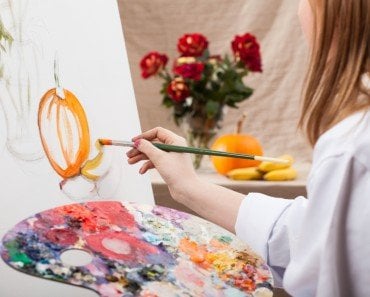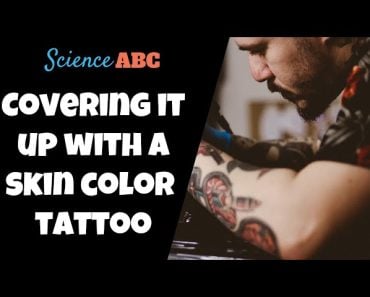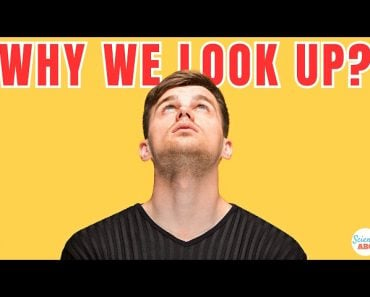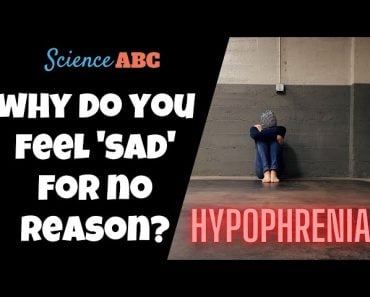Table of Contents (click to expand)
Art therapy can help patients probe deeper into their psyche and get more out of their time in therapy. Art therapy is now widely offered in hospitals and psychiatric clinics around the world, in addition to senior living facilities.
Have you ever found yourself lost in an art museum, mesmerized before a masterwork that seems to freeze time all around you, as though everything else about reality has fallen away? Or perhaps you’ve felt the overwhelming relief that can come through completing a painting, or even just taking part in the process of creation.
Throughout history, humanity’s relationship to art has been a cornerstone of our social, historical, religious, cultural and existential understanding. There are those people who may not think that they are an overly “artistic” person, but that doesn’t mean that you cannot connect with visual art, nor benefit from its inclusion in your life.
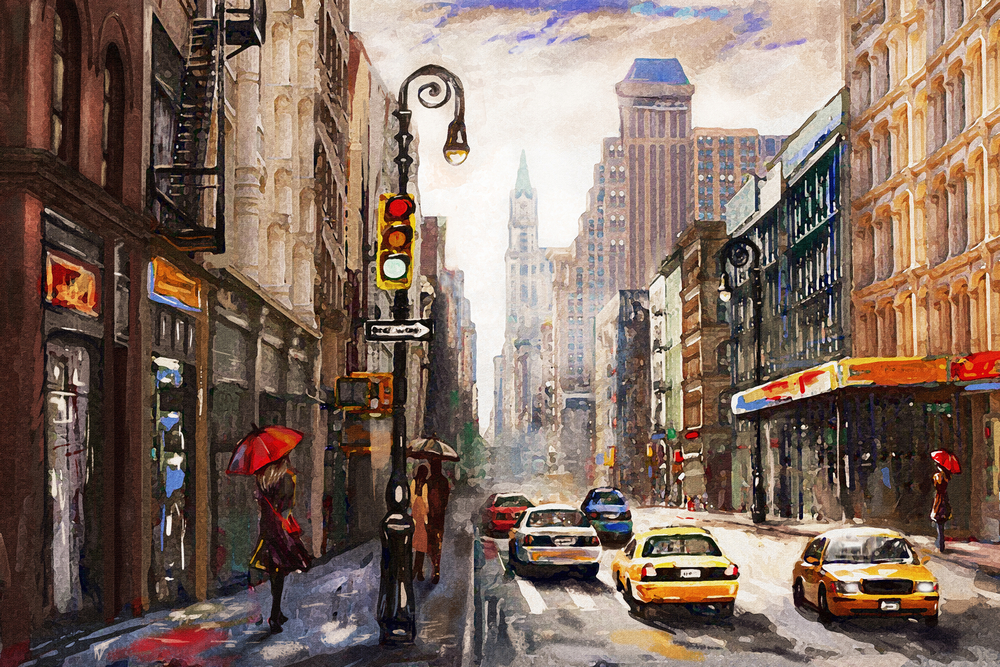
More specifically, there is a subfield of psychotherapy that taps into this cathartic and seemingly universal power of art, a field aptly named art therapy. Many people have heard of this therapeutic approach, but it often comes across as abstract and difficult to define, which is what we’ll attempt to do in this article!
Recommended Video for you:
What Is Art Therapy?
The basis of art therapy—as a means of helping mental and emotional health—comes from the unique effect of the creative process. While traditional psychotherapy involves a back-and-forth between a trained psychiatrist and a patient in need of advice or help, art therapy adds a facilitating tool for honest expression and analysis of personal issues. There is still a trained art therapist involved in most art therapy sessions, but the form is far more flexible than traditional therapy.
Through the creation of art—whether that is painting, drawing, doodling, photography—patients are able to tap into deeper feelings, perhaps things that are difficult to express in words.
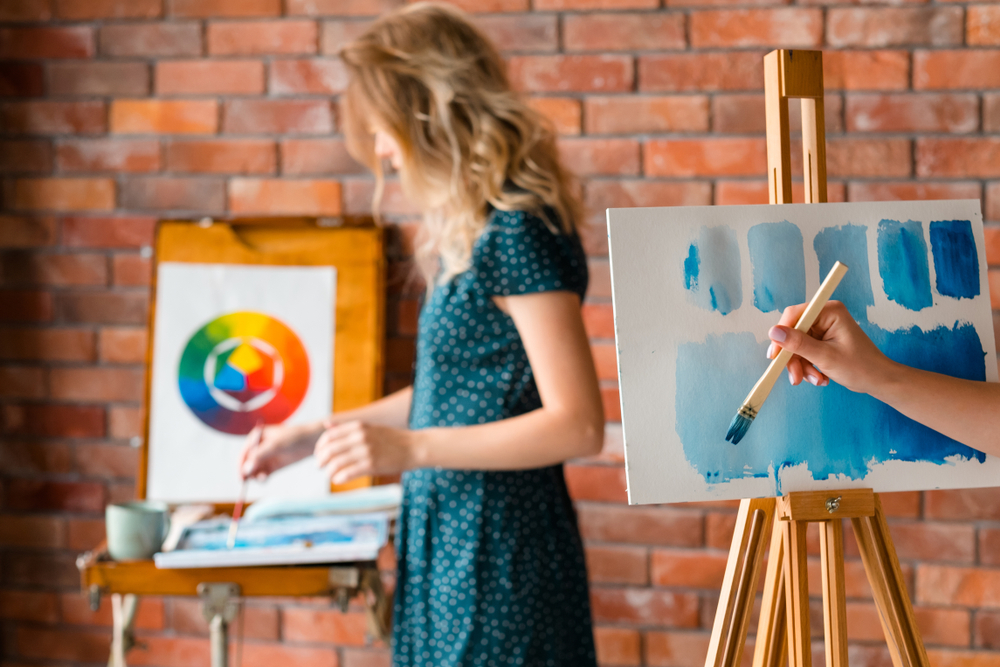
Every single person is unique, and therefore problems with mental health are similarly personal, but art is known to grant access to different parts of the mind, making it easier to explore a huge variety of issues, ranging from childhood trauma or repressed memories to identity confusion, career struggles or relationship woes.
When art therapy first appeared on the psychotherapy scene, in the middle of the 20th century, it was regarded with some skepticism, but the idea was a popular one.
Also Read: What Is Person-Centered Therapy?
How Does Art Therapy Work?
While peer-reviewed research and formal academic studies have been limited on the efficacy of art therapy, huge amounts of anecdotal evidence from patients, as well as the opinions of philosophers, artists, thinkers and creators around the world, has made it a legitimate and respected approach to therapy.
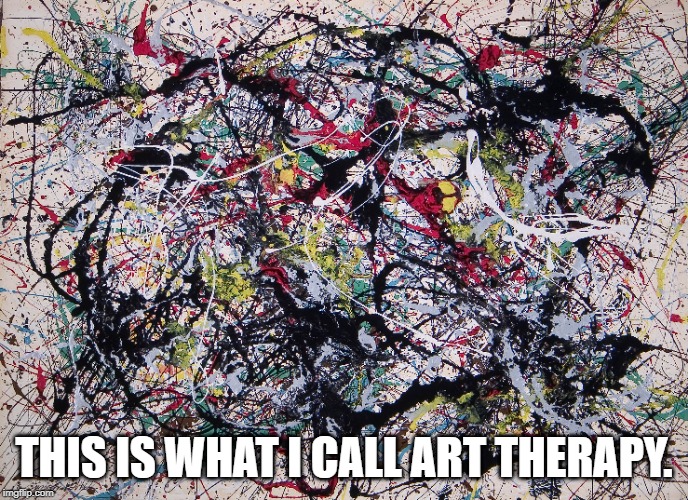
Combining fundamental principles and techniques of artistic creation with modern-day knowledge of psychology and human development, art therapy can help patients probe deeper into their psyche and get more out of their time in therapy. Art therapy is now widely offered in hospitals and psychiatric clinics around the world, in addition to senior living facilities, rehabilitation centers, halfway houses, crisis centers, academic institutions and private psychological practices. The potential benefits of this therapy extend from the very young to the very old, and are unrestricted by culture, language, religion, race, gender or sexual preference.
Also Read: What Is Gestalt Therapy?
Potential Benefits Of Art Therapy
The benefits of this more creative form of therapy are as numerous and varied as any other form of therapy. The human mind and experience is incredibly complex, but there are a handful of common issues or therapeutic areas that are consistently helped by art therapy, including the following.
Depression And Anxiety
When someone is battling depression or managing an anxiety disorder, speaking to people is often the last thing they want to do. It can be a crippling and alienating struggle, but the low-stakes and low-pressure nature of art therapy can be far more comfortable. Furthermore, creating art helps to engage different parts of the brain, stimulating the release of “feel good” chemicals in the brain that are often overwhelmed or underrepresented in those who are chronically depressed.
Overcoming Trauma
One of the most common responses to trauma is to repress it, allowing the pain and hurt to bottle up inside. However, as you likely know, this can be a dangerous form of self-management. Art therapy provides a release valve, a way to visually express complex emotions and tap into memories from your past that may be negatively affecting your mental health. Consequent analysis or discussion of your art can help start conversations that may be challenging, but also essential for long-term wellness.
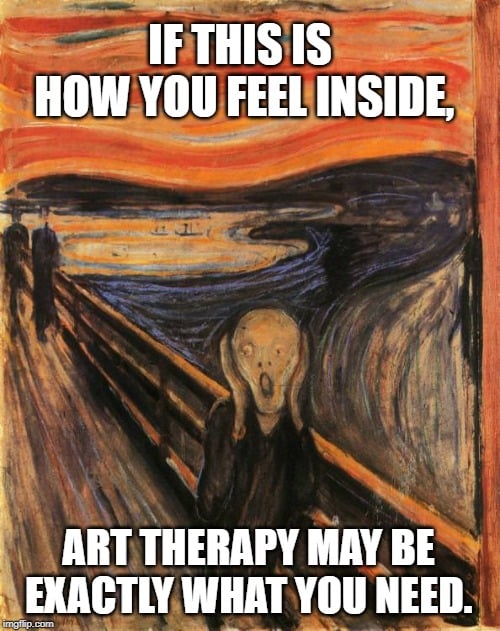
Terminal/Serious Medical Diagnoses
Receiving bad news from your doctor can be a devastating blow, particularly for people who have been battling disease or illness for a long time. In particular, art therapy has been used in cancer wards and intensive care units for patients of all ages, as it can help people cope with difficult diagnoses. Cancer isn’t the only medical condition that can be helped with this therapy; research has linked art therapy to improved mental function in those with dementia and Alzheimer’s, lower levels of anxiety in children with asthma, and greater control over one’s emotions in response to pain or discomfort.
Improving Communication And Family Relations
For some people, words are never their first means of expression. Communication may be a severe block for some people, particularly children, those with cognitive developmental disorders, and even estranged or separated families. Whether art therapy is used to help a child express their feelings about a divorce, or clue in other family members to the depth of a person’s suffering, the creative process is a language unto itself that can be very revealing.
Personal Insight
An ancient Greek maxim cautions “Know Thyself”, but that is often easier said than done. Even if we feel a strong sense of self-awareness, there are some secrets that we even keep from ourselves. Art therapy can provide personal revelations about issues and problems we may not even know about. Having the professional assistance of a trained art therapist can help guide patients towards clarity and self-realization.
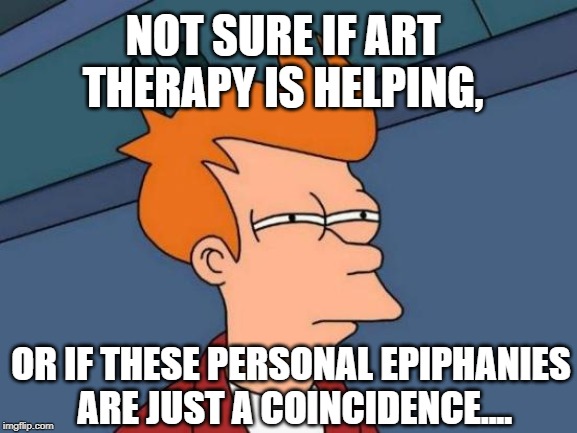
Providing Healthy Outlets For Expressions
When the world is overwhelming you and your emotions seem like they’re swirling out of control, there are countless negative outlets for your emotions and expressions. If you are someone who struggles to handle the pressure or channel energy in a healthy way, art therapy can be a rewarding, safe and supported space for you to unpack some of your most challenging issues.
Behavioral Changes
Art therapy has also proven to be an effective behavior modifier. Whether the patient is a younger child who is acting out, or an older individual with addictive or destructive tendencies, the combination of creation and analysis can help redirect and reshape behaviors/habits in a healthy way.
A Final Word
The potential benefits outlined above are far from an exhaustive list, and new breakthroughs in art therapy happen all the time. Despite knowing as much as we do about the human brain, with all its hormones and neural pathways, it still remains largely a mystery. Art therapy has proven itself to be a valuable tool for facilitating self-exploration and is widely seen as a viable, unique and potentially revelatory therapeutic approach.



